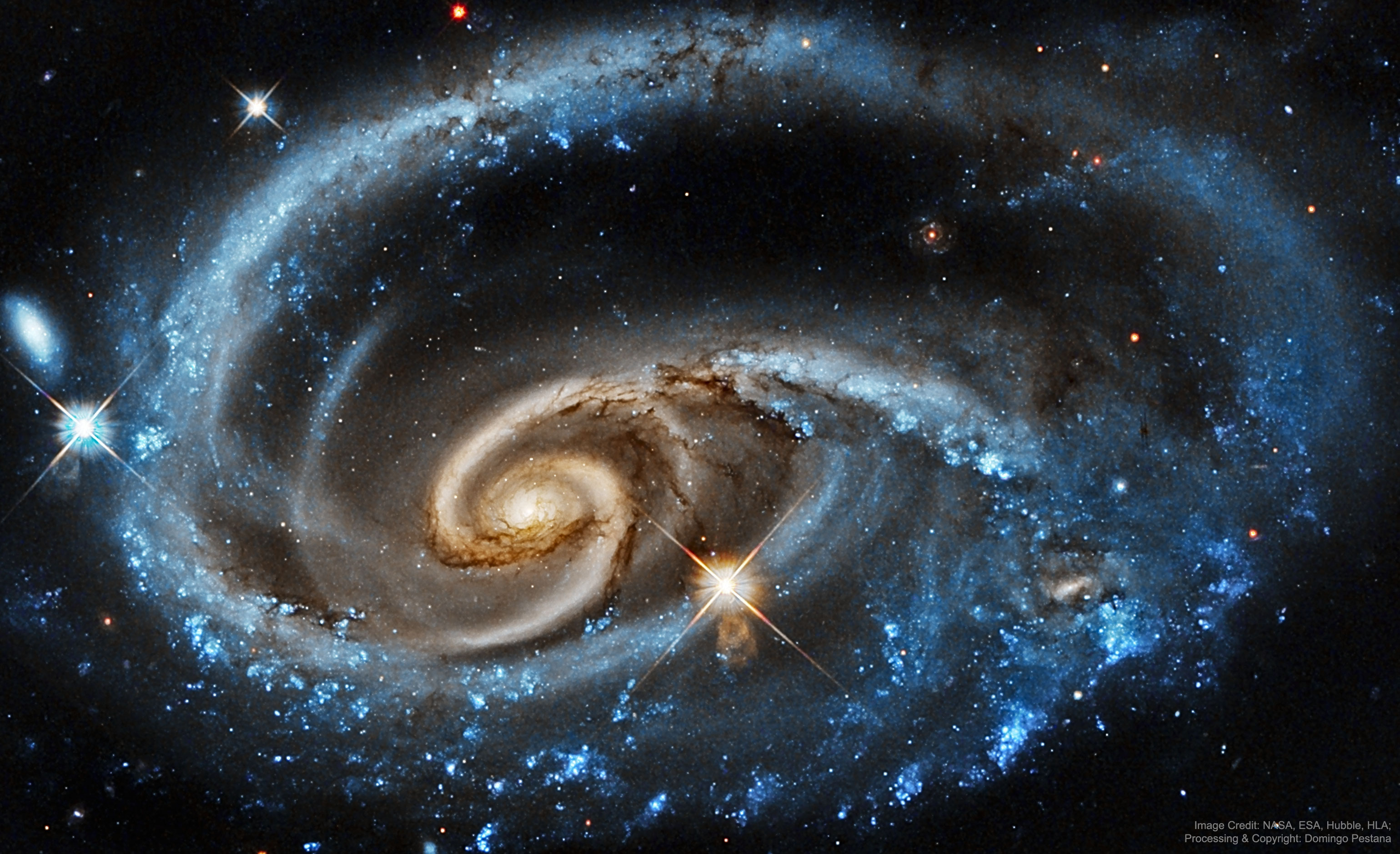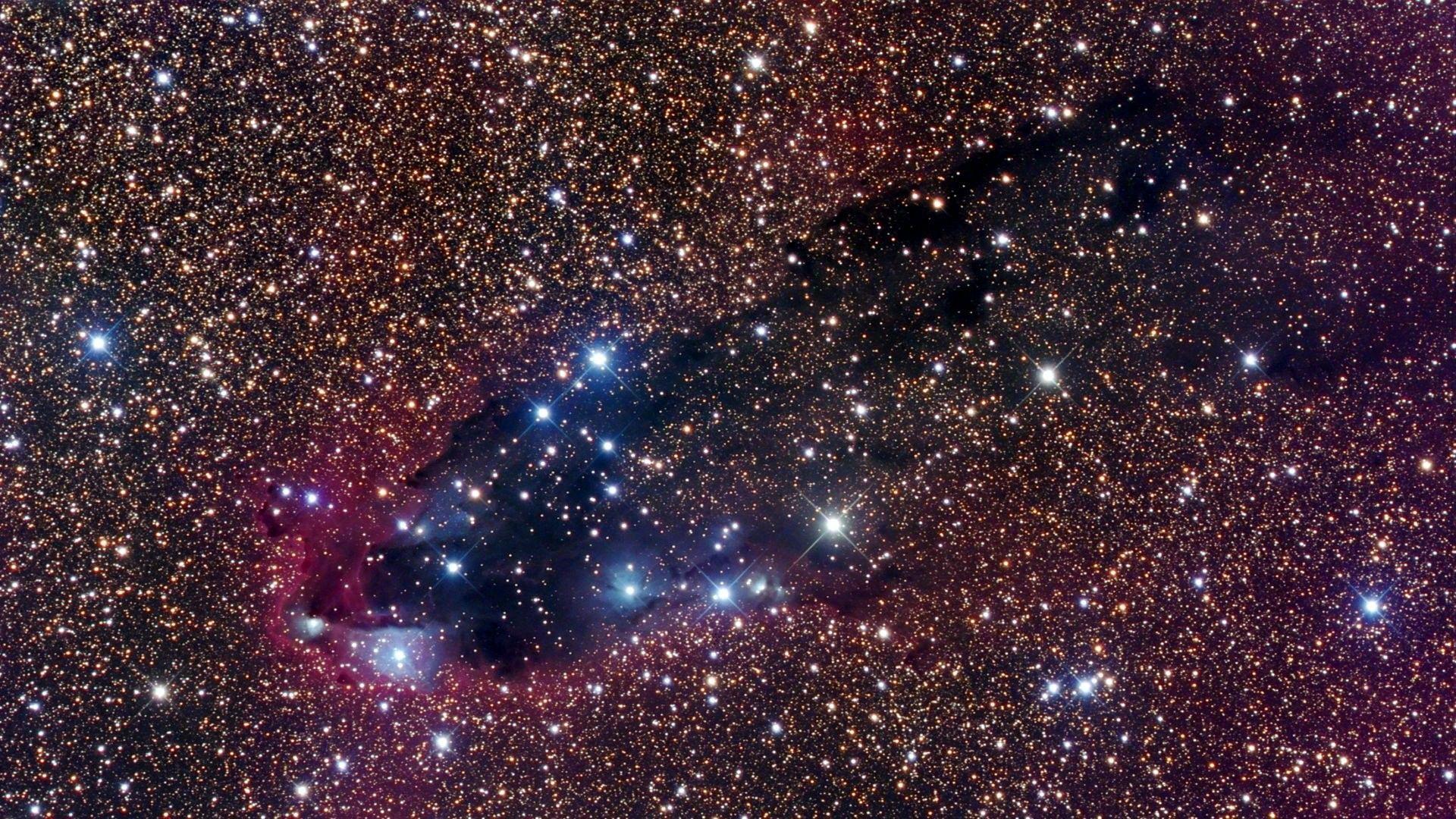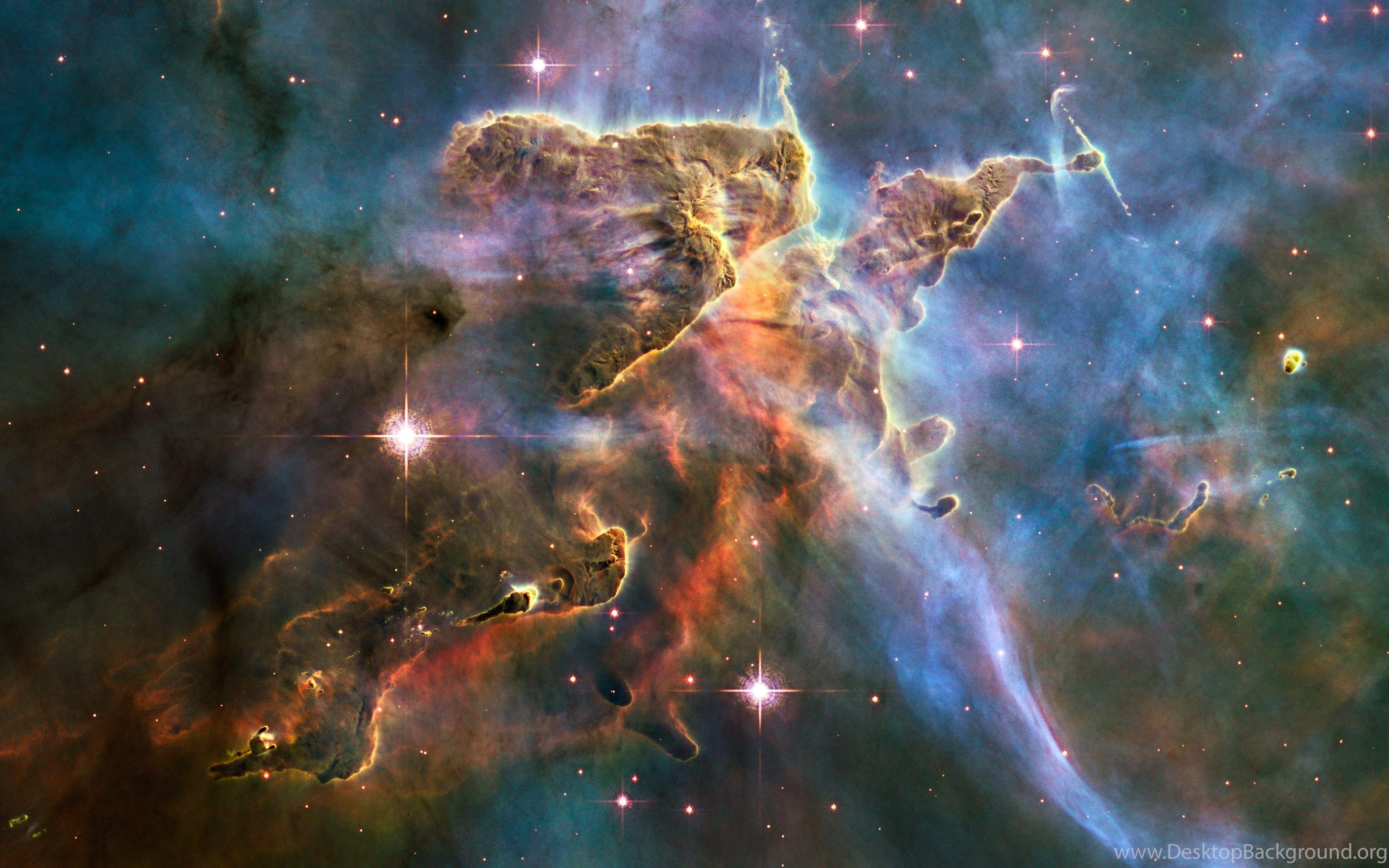
This image is the largest image ever taken with Hubbles WFPC2 camera. The Crab is among the most interesting and well studied objects in astronomy. Since last year, ESA and NASA have used the state-of-the-art infrared sensitivity of their newest telescope, the James Webb Space Telescope, to complement Hubble's galactic observations.įollow Doris Elin Urrutia on Twitter. This Hubble image gives the most detailed view of the entire Crab Nebula ever. Darker, more spread-out objects like the galaxies LEDA 48062 and UGC 8603 do not possess visible diffraction spikes." "The four spikes are due to the four thin vanes supporting Hubble’s secondary mirror and are only noticeable for bright objects like stars where a lot of light is concentrated on one spot. "Have you ever wondered why the stars in Hubble images are surrounded by four sharp points? These are called diffraction spikes, and are created when starlight diffracts - or spreads around - the support structures inside reflecting telescopes like Hubble," ESA officials wrote. Facts about the Big Dipper, a useful pointer in the sky

The best Hubble Space Telescope images of all time! The orange-colored part of the formation consists of "newborn stars.- Hubble Space Telescope: Pictures, facts and history According to astronomers, the nebula-like patches are called Herbig-Haro objects. In the picture that NASA released, the dust clouds reflected the light coming from the light-blue stars. The so-called Chameleon Cloud Complex is a unique formation of stars located 65 light-years away from the Earth. The starry region located in the Milky Way's Orion Arm is another interesting image that the Hubble caught on cam. NASA says that the phenomenon was brought up by a collision of the bodies one another. The Angel Wing system, which is also known as the VV-689 system, features two or more galaxies that are merging. Courtesy of NASA and the ESA, this article will showcase the ten best Hubble Telescope pictures.

The popular image of the galaxy shows the spiral galaxy's head and tail which resembles the amphibian Angel Wing Hubble's Advanced Camera for Surveys managed to capture it in 2022. There's another formation called the Tadpole Galaxy, which shares a similar component. The presence of a tidal tail does not end in Wild's Triplet galaxy. Related Article: NASA's Hubble Space Telescope Unravels Two Dazzling Views of a Star-Sprinkled Space Tadpole Galaxy Unlike other galaxies, its middle part is so bright that it can outshine other glowing objects around it. This image shows the pillars as seen in visible light, capturing the multi-coloured glow of gas clouds, wispy tendrils of dark cosmic dust, and the rust-coloured elephants’ trunks of the nebula’s famous pillars. It was first discovered on December 3, 1788, by William Herschel, a German-British astronomer. The NASA/ESA Hubble Space Telescope has revisited one of its most iconic and popular images: the Eagle Nebula’s Pillars of Creation. The NGC 1961 is an astronomical sighting that NASA's telescope spotted 180 light-years away from the planet. The Hubble Space Telescope has also encountered a lot of spiral galaxies in the past, but there's a special galaxy that has an eye-catching pattern. This goes to show that the impact of the collision is so intense that it has changed the orbit of the moonlet from the asteroid. The formation dubbed as "Dydimos-Dimorphos" system showcases twin tails that extend about 10,000 kilometers in length. The light emitted from these stars traveled from another time if not another century, until it was captured by these images. This image of the LMC was taken as part of an initiative called the Archival Pure Parallel Project (APPP), which comprises more than 1,000 images taken using Hubbles Wide Field and Planetary. This is a fantastic addition to any spaceflight book collection. When NASA launched the DART (Double Asteroid Redirection Test) spacecraft to crash into Dimorphos, Hubble caught an interesting photo of formation brought by the planetary dust and debris. It also features images taken by the crew during the mission, and of course, images by the Hubble telescope. If there's a triplet entity in the universe, there's also a twin celestial body. This is when a tidal tail starts to appear. When several galaxies collide with one another, the tidal force becomes disturbed. This interstellar formation is highlighted with a tidal tail which is something that's connected by dust and stars. There was a time when Hubble Space managed to snap a photo of Arp 248 - an unusual galaxy patterned on triplets.

(Photo : Alexander Andrews from Unsplash)īefore 2023 arrives, check these astronomical photos taken by NASA's Hubble Space observatory for a wrap-up.


 0 kommentar(er)
0 kommentar(er)
